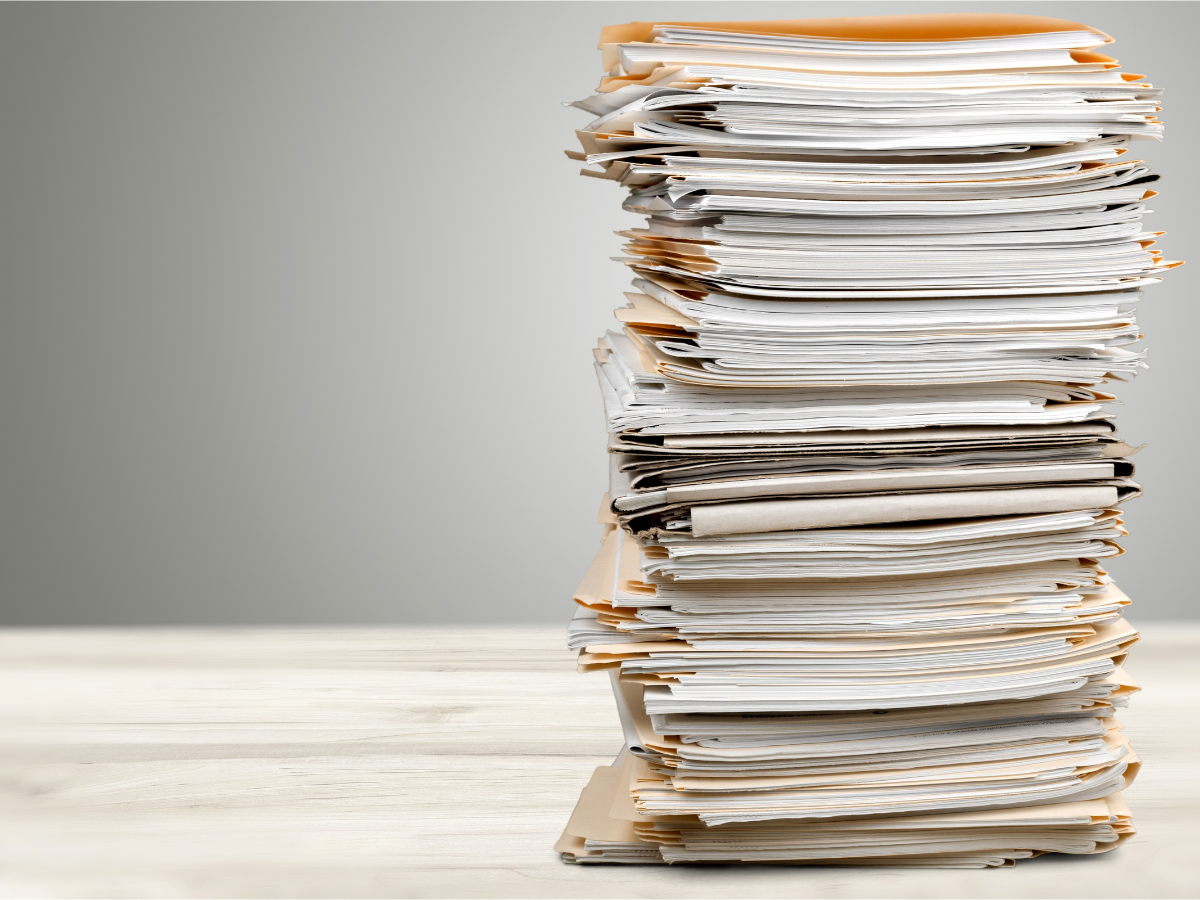If you’ve been around a gym, you’re sure to have heard the term “six-pack” used. But do you really know what a six-pack is?
Basically, a six-pack is a nice set of abs (abdominal muscles). Doesn’t matter if you’re a man, woman or child, you have the muscle structure – perhaps buried under tummy flab – to develop a six-pack. In a gymnastics facility, you’re likely to be around six-packs all the time.
Next question: Why are they called six-packs?
The answer to this is easy-peasy. They look like a package of six dinner rolls. They are actually six nicely-rounded balls of pure muscle.
And finally: How to you get a six-pack?
The basic answer is you work hard and eat right. But we can’t settle for that. Let’s get into a little more detail.
The six-pack isn’t six muscles. It’s actually one.
Its official name is the Rectus Abdominus – pronounced “Recked-us Ab-dohm-in-us” – muscle and it lives under the ribs. It is very important to posture, helps in breathing and sort of keeps everything in the abdomen in its place. And – critical to gymnasts – the six-pack is one of the reasons people can flex their lumbar spine.
Technical description: The Rectus Abdominus is a long, flat muscle which makes its way down the entire front of the abdomen and is separated down the middle by a fibrous structure called the Linea Alba (Lin-EE-ya Al-buh). This fibrous structure is what allows a woman’s stomach to stretch to accommodate her fetus during pregnancy. Each section is separated into three unequal sections (that actually look equal in size on some tummies) by cartilage attached to the fifth, sixth, and seventh ribs.
Here’s what it takes to work these muscles:
Stop drinking soda, but lift the six-pack of the sugary substance overhead and throw it as far as possible.
Not kidding. This flexes the lumbar spine, which in turn, works the abdominal muscles. And if you’re aiming the six-pack at the trash can, it is also getting rid of one of the biggest contributors to weight gain and flabby bellies (sugar-filled drinks).
In fact, Olympic gymnast Sam Oldham notes that no amount of sit-ups will help your abs if they are buried beneath sedimentary layers of candy, pizza and beer.
The nutritional part isn’t really that complex. A diet low in simple and refined sugars/carbs and high in nutrient dense foods like whole grains, fruits and vegetables, will help in chiseling the flabby belly into glorious abs.
Gymnasts often love sugar and eat all types of foods that don’t follow the above “rules.”
They can keep the six-pack because gymnasts are working out several hours a day doing things that repeatedly engage their abs. They also have a secret weapon – they are young.
Gymnasts do lots of core exercises for core (core = mid-section) strength: crunches, sit ups, leg lifts, V-snaps, pull-overs, glide-swings, press-handstands, handstand holds, push-ups. There are many things that they do that don’t engage their rectus abdominus which are the transverse abdominus and internal and external abdominal obliques.
That’s the scoop on the six-pack. With this knowledge, maybe you can even challenge your gym parents to develop their own six-packs as competition season progresses! There are several apps they can use to help them in this process.
Runtastic Six-Pack Abs Workout, Ab Trainer X, Abs Workout. Look for them in the App Store.
Resource: Gym Gab Blog, http://gymgabblog.com/














